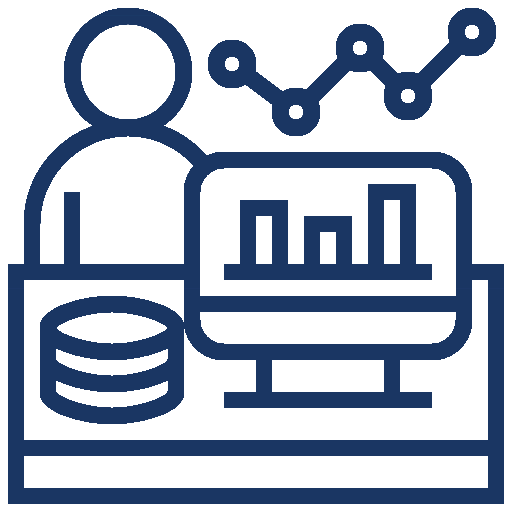Avoid These 10 Data Analytics Blunders: Pitfalls in Mastering Formulas and Functions
So, you’ve embarked on the exhilarating journey of mastering data analytics—you Rock! But before you dive headfirst into the world of formulas and functions, let’s take a moment to shine a light on the common pitfalls that may trip you up along the way. From statistical stumbles to mathematical mishaps, here are the top 10 mistakes people make when honing their skills in data analytics:
1. Misunderstanding Statistical Concepts
Misinterpreting statistical concepts like correlation or hypothesis testing can lead to erroneous conclusions and flawed analyses. So, you have a correlation coefficient of X…so what does that mean…?
2. Relying Too Heavily on Built-in Functions
Over-reliance on pre-built functions without understanding their underlying principles can limit your analytical capabilities and hinder problem-solving. It can’t also lead to loss of credibility of your data analysis.
3. Neglecting Data Validation
Failing to validate data inputs can result in inaccurate calculations and unreliable insights, leading to misguided decision-making. Understanding the impact of nulls, missing data, incorrect data, mismatched data on your analysis is critical.
4. Using Incorrect Formulas
Applying incorrect formulas can distort analysis results and undermine the credibility of your findings. Double-checking formulas and understanding their logic is crucial. Just because the syntax is correct doesn’t mean its giving you the correct answer…and what is the impact of applying those filters on the outcome?
5. Ignoring Outliers
Disregarding outliers in your analysis can skew results and lead to misleading conclusions, impacting the accuracy and reliability of your insights.
6. Not Considering Data Scale
Ignoring the scale of your data, or level of measurement — whether it’s nominal, ordinal, interval, or ratio — can lead to inappropriate use of statistical methods and inaccurate interpretations.
7. Failure to Account for Sampling Bias
Neglecting (or not identifying) sampling bias can lead to biased results and invalid conclusions, rendering your analysis unreliable and potentially – probably – misleading.
8. Underestimating the Power of Visualisation
Failing to visualise data effectively can obscure patterns and trends, making it difficult to communicate insights and hindering decision-making. Visualising skew, for example, helps understand those descriptive statistics.
9. Disregarding Data Transformation Techniques
Ignoring any data transformation techniques being applied, such as normalisation or standardisation, can lead to skewed distributions and inaccurate comparisons, compromising the integrity of your analysis.
10. Lacking Continuous Learning
Failing to stay updated with new tools, techniques, and best practices in data analytics can result in outdated skills and missed opportunities for innovation, improvement and speed of delivery.
I love hearing any war stories about blunders or mistakes people have made or seen others make.
Let me know if you have any war stories!






